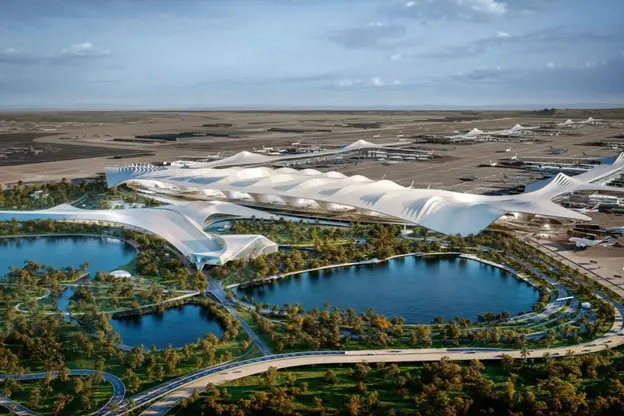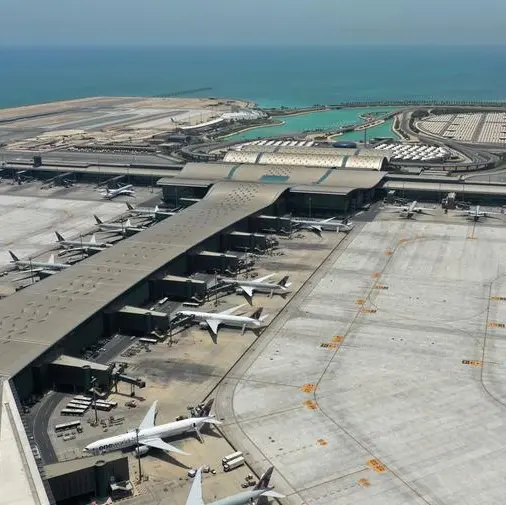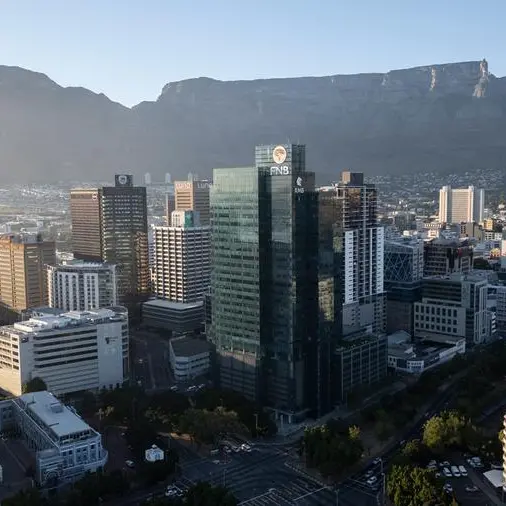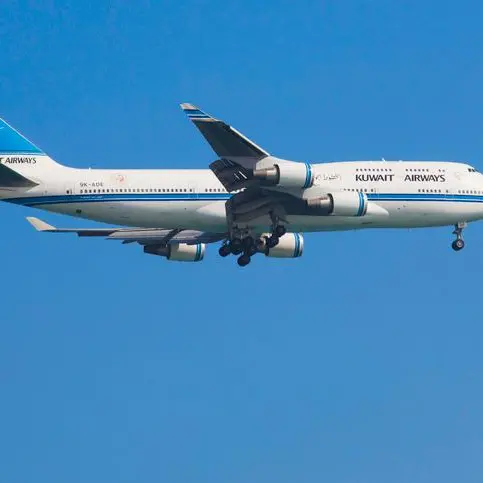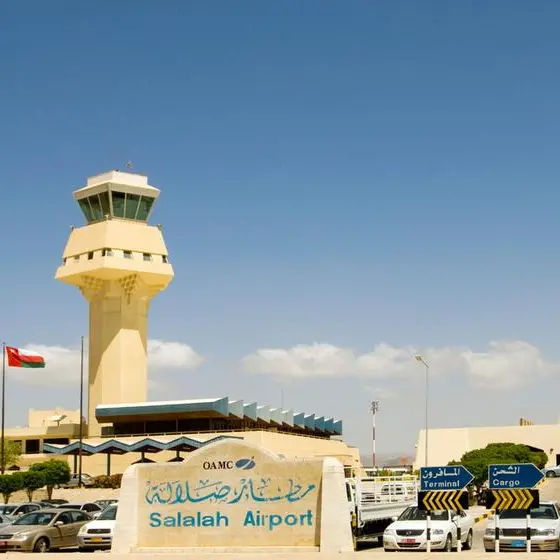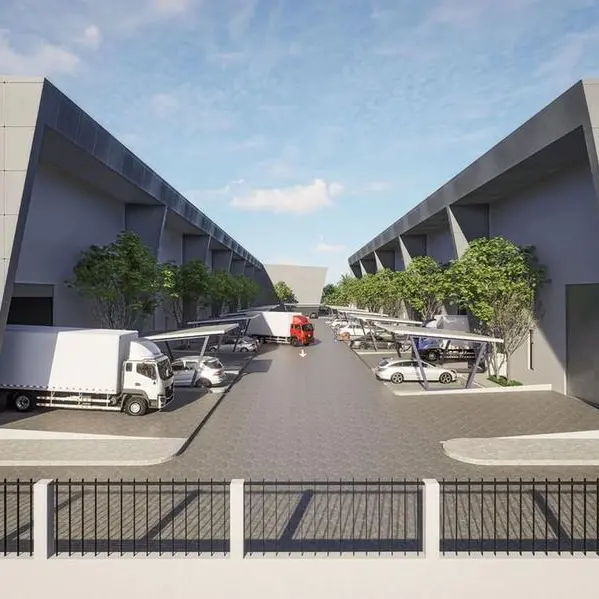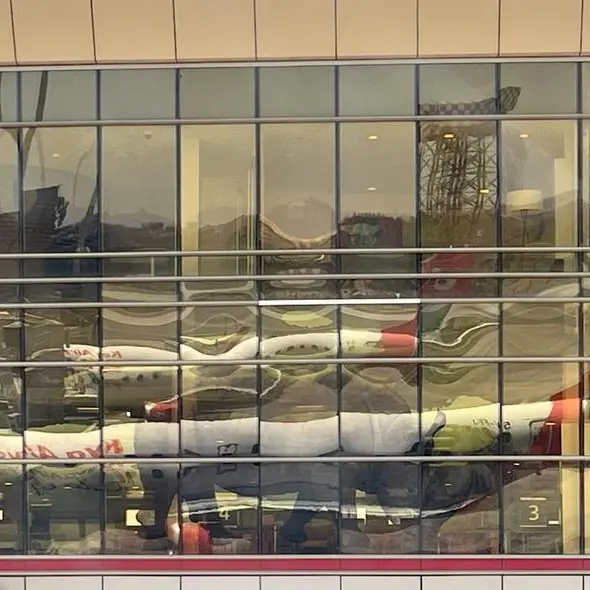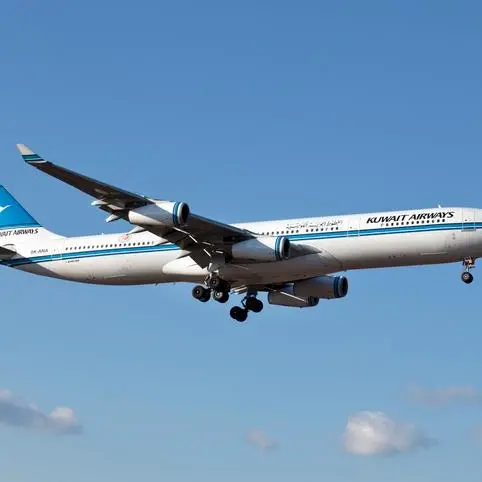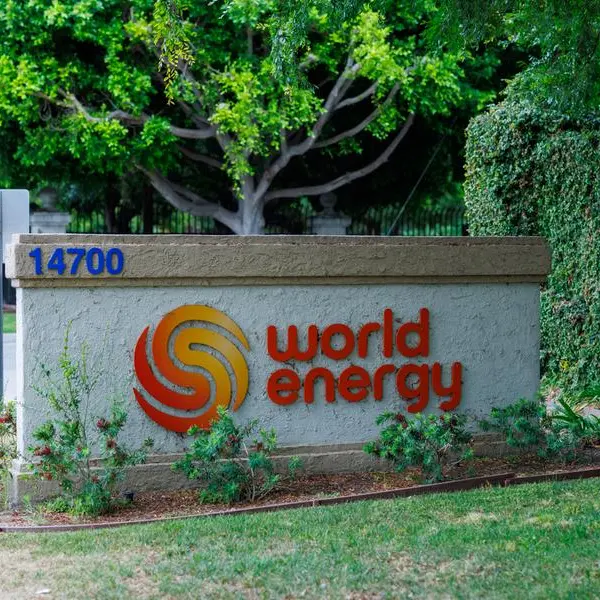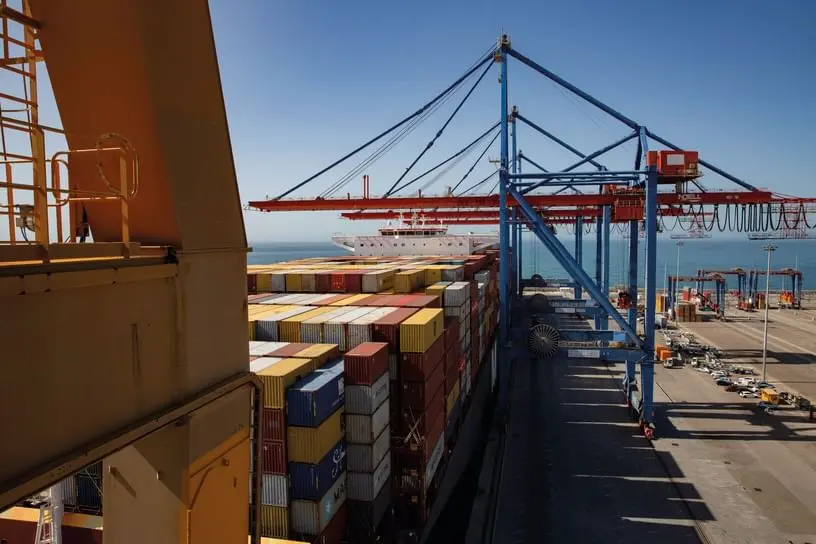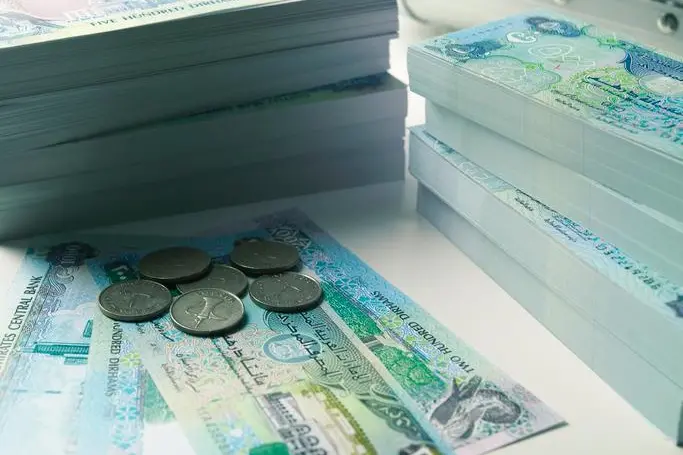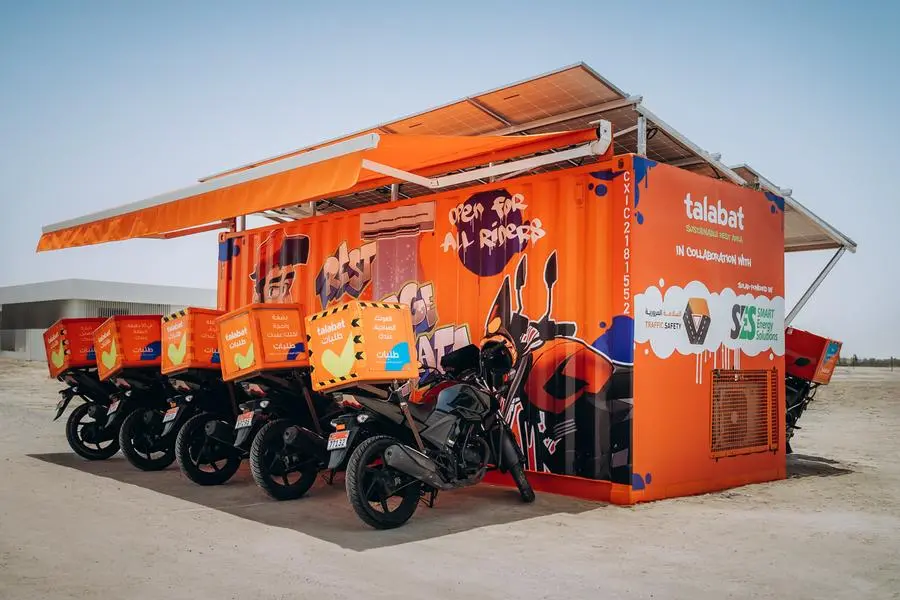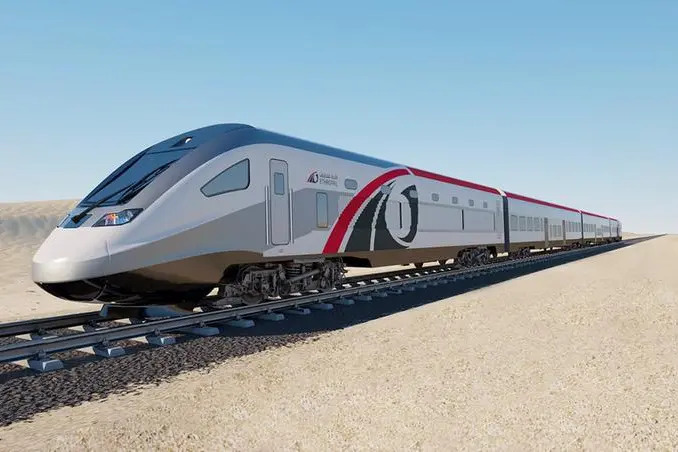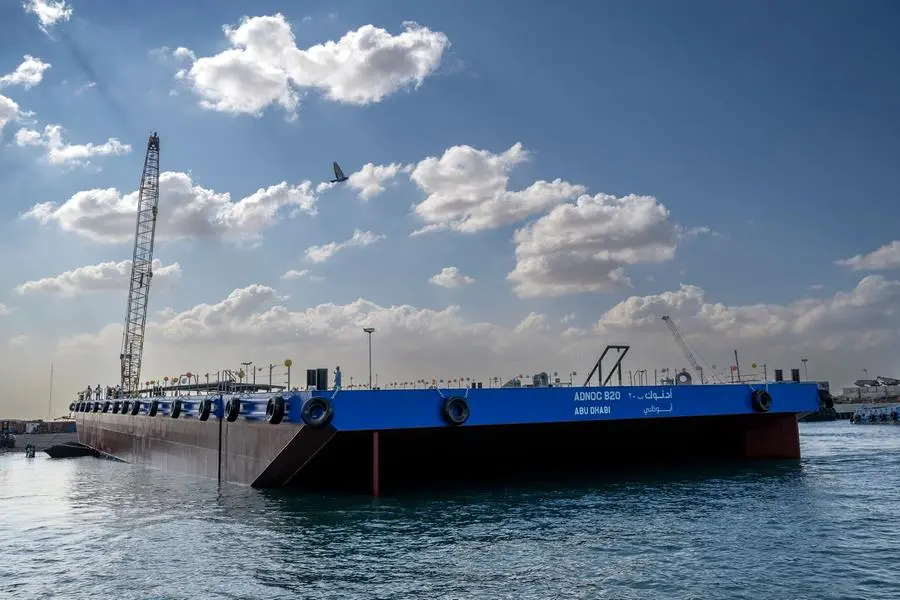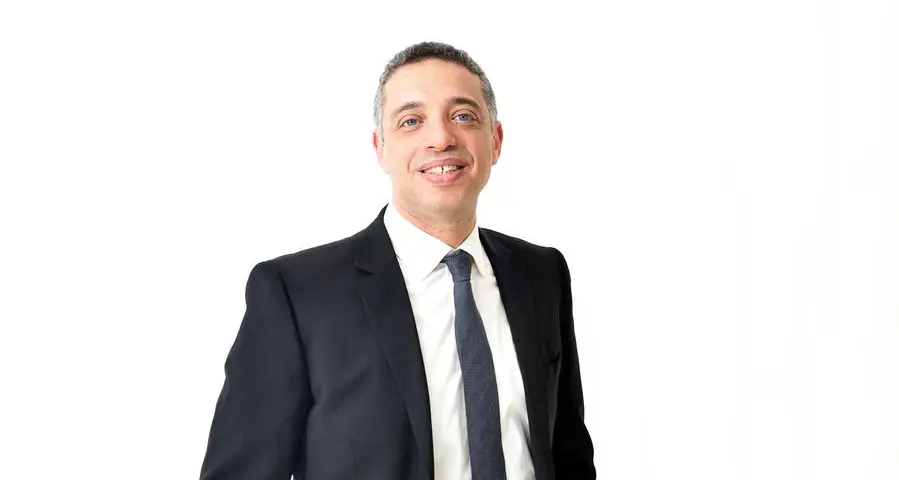PHOTO
Al Maktoum International Airport expansion render. Image Courtesy: D&B Properties
Austria-based Coop Himmelb(L)AU has revealed the details of the iconic architectural statement for new massive Al Maktoum International Airport planned to come up in Dubai South.
The architecture of the new airport will be a unique fusion of state-of-the-art design, innovation, and sustainability, the company said.
With Dubai Aviation Engineering Projects (DAEP) as the client and visionary behind the Al Maktoum International Airport Project, and Dar Al-Handasah serving as the main consultant for the master planning and design of the new airport, Coop Himmelb(l)au is pushing the boundaries of airport design language, incorporating cutting-edge structural solutions, energy concepts, and innovative technologies to create a world-class facility that serves the global community.
The project is expected to begin the planning phase in 2024, with Phase I expected to be completed by 2032. The fully completed airport will have a capacity of 260 million passengers annually, five parallel runways, and 407 Code-E contact gates, underscoring its role as a global hub.
The design of the new airport reflects DAEP’s commitment to innovation, featuring dynamic structure that enables wide spans and majestic spaces. This approach allows for seamlessness and openness, creating a sense of generosity and space within the terminal. The roof is not only a functional element but also a powerful design statement, signifying the ambition and vision of Dubai and its leaders. To contribute to the comfort of the passengers and visitors, the airport’s design integrates the latest technologies for assistance, processing, intuitive smart way finding and plenty of natural lighting through its distinctive roof feature.
The design of the new Al Maktoum International Airport will introduce cutting-edge technologies, including artificial intelligence (AI) and advanced design methods. These technologies will be deployed to create a next-level aviation experience for passengers. From streamlined check-in processes to state-of-the-art security measures, every aspect of the airport has been carefully planned with customer comfort, operational efficiency, and convenience in mind, said Coop Himmelb on its website.
In addition to its efficient aspects, the architecture of the new airport also reflects Dubai’s cultural heritage. Traditional design elements are seamlessly integrated with modern materials and advanced features, creating a harmonious blend of the past and the future. This design approach not only pays homage to Dubai’s progressive vision for the future but also serves as a reminder of the city’s commitment to preserving its cultural identity.
The new airport in Dubai is not just a transport hub. It will offer a new travel experience for the citizens of the world. It is a place where people with different cultures and backgrounds from across the globe come together and connect. The design of the airport creates a welcoming and inclusive environment that fosters interaction and unity, the design major said.
Energy efficiency is a core principle in the design of the new airport. New energy concepts have been considered in the design to minimize the environmental impact of the facility and contribute to its efficient operation. Amongst others, natural lighting and renewable energy sources, the design of the airport deploys the latest sustainable engineering solutions to reduce its carbon footprint and contribute to a greener future.
Daylight analysis, and prevailing winds are essential factors to consider when designing the new airport by optimising the orientation and shape of the terminal to take advantage of the sunlight and prevailing winds, to maximize natural light penetration while minimising glare and heat gain. This not only creates a more comfortable environment for the passenger and users but also reduces the need for artificial energy and consumption, Coop Himmelb(L)au said.
The design of the new airport embraces innovative design technologies. Algorithmic processes and parametric design are powerful tools for optimising architectural geometry to meet various design criteria, such as daylight analysis, sun, wind, structure grid, and curvature analysis.
Coop Himmelb(l)au is incorporating these factors into the design process while offering strong aesthetic statements for buildings that become functional and efficient sculptures. The buildings are not sealed monumental silos, but rather welcoming structures that are open to their surroundings and offer ample potentials for creativity. This special approach to architecture is dedicated to its people, it said.
In April, TradeArabia and Gulf Construction reported that HH Sheikh Mohammed bin Rashid Al Maktoum, Vice President, Prime Minister and Ruler of Dubai, has approved the designs of the new passenger terminal at Al Maktoum International Airport and ordered the immediate start of work on the expansion of the airport at a total cost of AED128 billion ($34.8 billion).
Copyright 2024 Al Hilal Publishing and Marketing Group Provided by SyndiGate Media Inc. (Syndigate.info).
